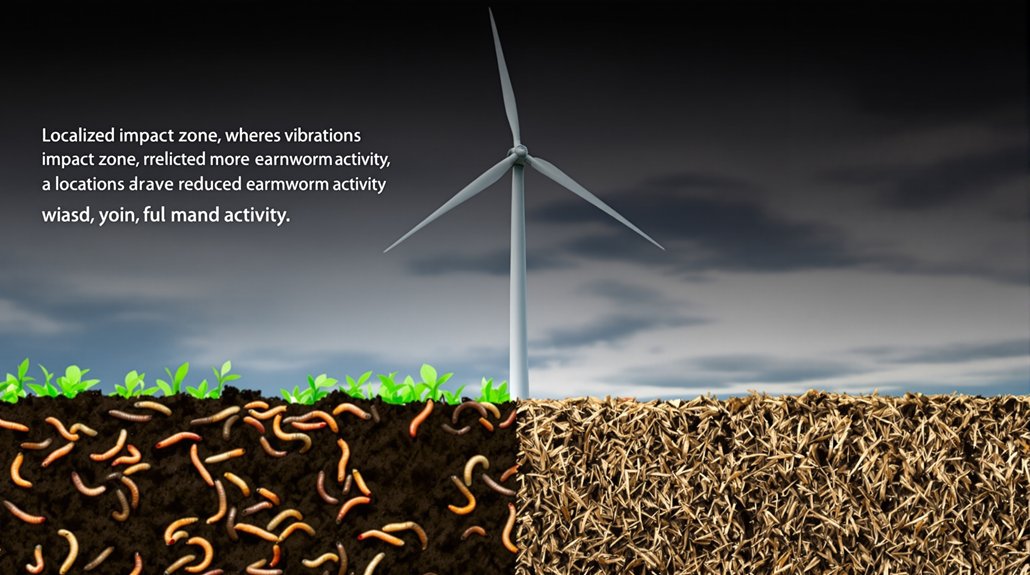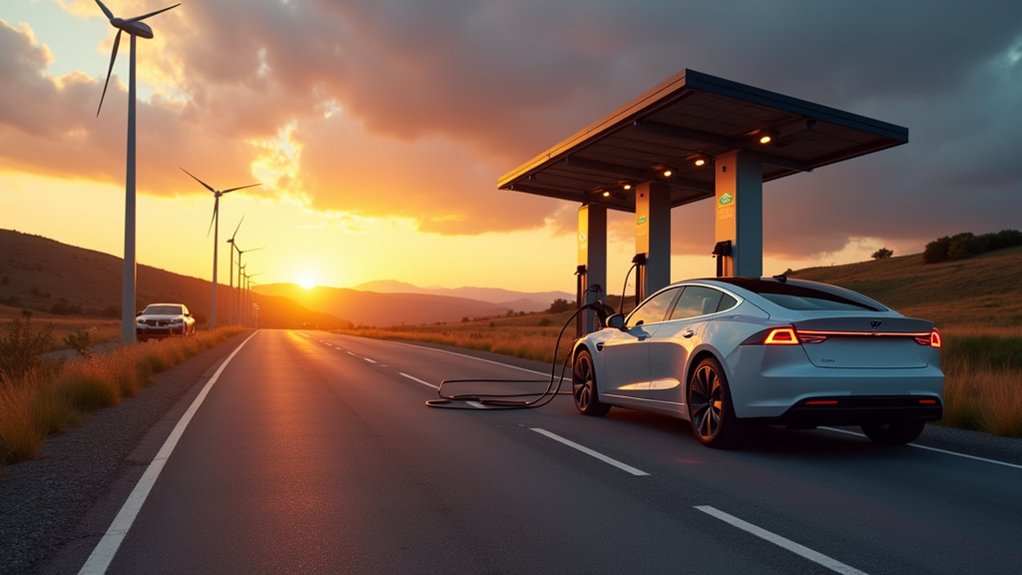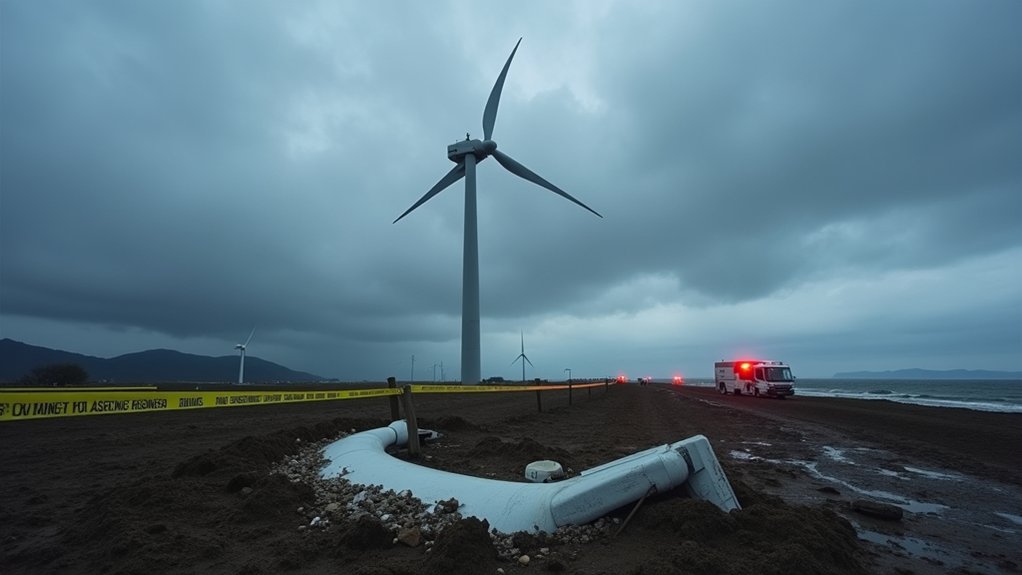While renewable energy infrastructure continues to expand globally, scientists have uncovered concerning impacts of wind turbines on local earthworm communities. Recent studies reveal that vibrational noise from operational turbines markedly reduces earthworm densities in surrounding soils, with effects most pronounced in close proximity to the installations. The chronic exposure to anthropogenic noise disrupts normal burrowing and foraging behaviors essential to earthworm survival, creating localized zones of reduced activity.
The implications for soil health cannot be overlooked. Earthworms function as ecosystem engineers, playing vital roles in soil aeration, nutrient cycling, and organic matter decomposition. Their decline near turbines has measurable consequences: slower decomposition rates, diminished soil fertility, and compromised soil structure. Water infiltration rates also suffer in affected areas, though I must emphasize these impacts remain spatially constrained rather than global in scale.
Earthworms engineer healthy soils. Their turbine-induced decline compromises fertility, structure, and water movement—though impacts remain localized, not global.
Geographic context greatly influences the severity of these effects. Agricultural landscapes show more pronounced earthworm population declines than forested areas, which demonstrate greater resilience. The primary mechanism appears to be vibrational disturbance, which interferes with the communication and movement patterns earthworms rely on. No direct mortality from turbine infrastructure has been documented; instead, environmental alterations mediate these population changes.
Several confounding factors complicate our understanding of the situation. Small mammals and other invertebrates show varied responses to wind farm noise, potentially influencing predation dynamics. Some modified habitats around turbines may offset certain ecological losses, creating a complex impact profile that defies simple characterization. Studies in Poland found that herbivorous species showed lower densities in areas with increased wind farm presence. The global wind industry has reached one terawatt of installed capacity, magnifying the potential ecological footprint of these effects.
The evidence suggests a nuanced reality: while wind turbines do affect earthworm populations, these effects remain localized rather than systemic. Wind energy’s environmental footprint includes these soil ecology impacts, though they don’t constitute the widespread devastation some might fear.
Future research should prioritize understanding variation between sites and developing mitigation strategies to protect these essential soil organisms while expanding renewable energy capacity.









